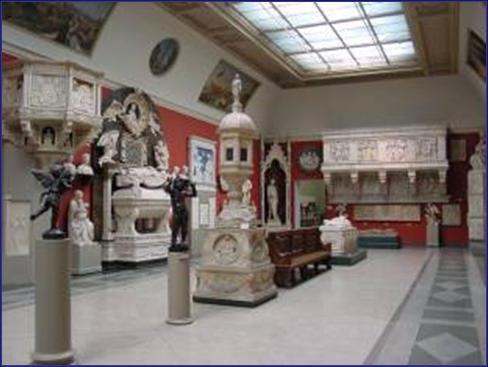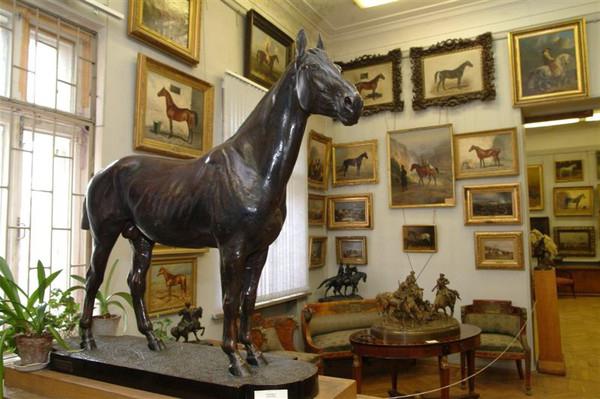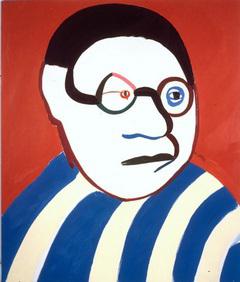Moscow Biological State Museum. KA Timiryazeva: history of creation, exhibitions and address
Biological State Museum. K.A. Timiryazev was established in Moscow in 1922. Since 1934 it is located in a building that is an architectural monument, in the past it was a museum of Russian antiquities by PI Shchukin, built in the New Russian style from 1892 to 1915. Now the natural science museum has 80,000 unique exhibits of its kind that have no analogues anywhere else in the world.
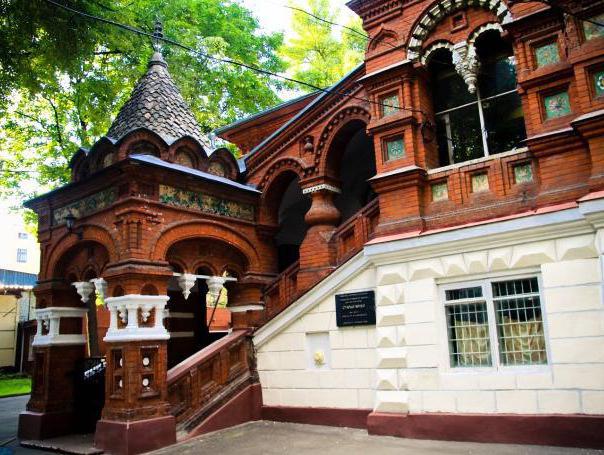
History of the museum: Timiryazev Museum in Moscow
It began to be created from the autumn of 1920, whenbiologist Zavadovsky BM was promoted to professor and became the head of the chair of the Communist University. Ya. M. Sverdlov. Zavadovsky is a great scientist in the field of physiology and endocrinology, who studied with the biologist KA Timiryazev, the geneticist NK Koltsov and the physiologist IP Pavlov. His research work has accommodated more than 30 books and pamphlets. In the matter of popularizing biological knowledge, the greatest help for Zavadovsky was the work on the organization of the museum.
The basis was the collection of anatomical and zoological preparations of the senior lecturer AL Brodsky. Under the museum, two rooms were set aside in a university room, which was located on Miusskaya Square.

Opening
And May 7, 1922 Biological Statethe museum named after. KA Timiryazev was solemnly opened. Zavadovsky understood that it is not worth stopping on the development of the museum, and it should not be empty. This place should be made an organic part of the city structure. The scientist-innovator decided to continue the exhibition on the adjacent territory. Therefore, when the museum was located in the premises of the Sverdlovsk University, the square of Miusskaya Square turned into museum expositions of the living corner.
In the records of the museum for 1928-1929. it is written that the square was processed according to the developed plan. As a result, unique green plantations were planted, which demonstrated success in genetics, selection and artificial selection. It has been for many years an exemplary base for teachers, pupils of schools and universities.
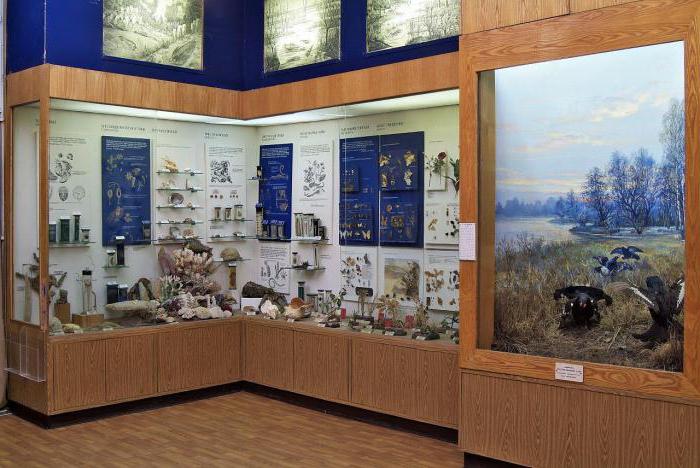
Biological corner
Zavadovsky thought that such a planbiological corners, squares and parks, should be arranged both in areas of Moscow, where there is little greening, and in other cities. The Biological State Museum named after KA Timiryazev should serve as a good example for this.
In 1934, M. Gorky knocks out for the museum a whole complex of buildings in pseudo-Russian style, and from the Schukin estate the museum moves to Malaya Gruzinskaya. These buildings were also built by PI Shchukin, only for his main large private collection.
PI Shchukin
Petr Ivanovich Shchukin (years of life - from 1853 to 1912he was one of four sibling collectors who collected ancient Russian works of art and explored the influence of Eastern culture on Russian culture. In 1891, he bought a piece of land, equal to 1 hectare, on Malaya Gruzinskaya Street and hired architect B.V. Freidenberg. Then they together designed museum buildings on the samples of the provincial Russian "red brick" architecture, with which the northern cities were famous, and especially Yaroslavl.
For 16 months in 1892-1893 was rebuiltThe first room under the openwork gable roofs. Three years later, the room lacked space for a fast-growing growing collection, and Schukin was forced again to hire architects A. Erichson and V. Bashkirov, who by 1898 built a front entrance with a fence and a second building that connected to the first deep underground gallery.
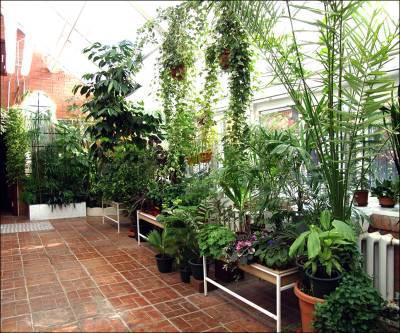
Reconstruction, oblivion and a new life
In 1905, architect F. Kolbe took part in the design, which supplemented the ensemble with a one-story building of the museum warehouse, made in the style of the old Moscow chambers of the 17th century.
As a result, in the same year Shchukin transferred buildings withexhibits and territory to the Historical Museum, but remains the main sponsor of the museum and the curator of the collection, continues to replenish it with new exhibits, pays for the contents of the museum, and personally conducts excursions until his death (1912). However, the revolution was closed down, and the collection was taken out by the Historical Museum. In the buildings housed the Museum of Old Moscow.
Biological State Museum. K.A. Timiryazev arose in 1934. Along the "new" building was built a greenhouse. In 1995, the entire architectural complex was given the official status of a monument of urban planning and architecture at the federal level.
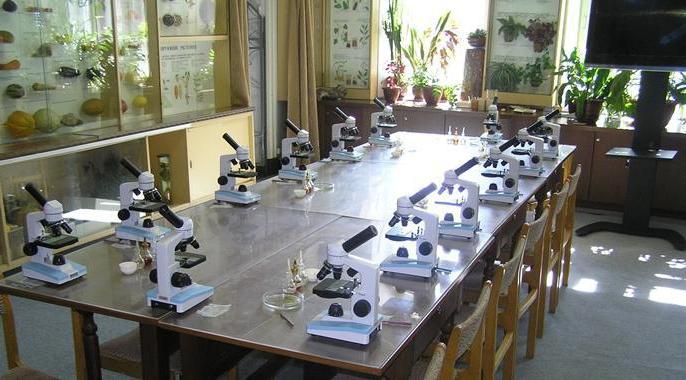
Timiryazev Museum: exhibitions, address
Today the exhibition area of the museum is 900square meters. Since 1997, the first interactive biological exhibition with the most extensive exposition was opened here. Visitors can view the exhibits in a microscope, evaluate the fragrance, touch with hands, taste, etc. All this allows us to deepen our horizons.
Since 2007, there are seed quests forbiology, designed for parents and children, as well as thematic exhibitions, even operate different kinds of associations - connoisseurs of orchids, cacti, phlox, gladiolus, etc.
On the official website of the museum you can find outcalendar schedule and reviews of exhibitions, a program of excursions, photographs of exhibits. An incredible number of visitors accept this famous museum, as it is insanely fascinating and interesting. And therefore it is better to anticipate all the moments in advance so that unnecessary unforeseen situations do not arise. In general, this is the most important thing you need to know when you visit the museum of Timiryazev. How to get to the museum? This will help the nearest metro station to Malaya Gruzinskaya, 15, where the museum is located, and this is Barrikadnaya, Krasnopresnenskaya, Ulitsa 1905 goda. On the third Sunday of every month, admission is free for everyone.

